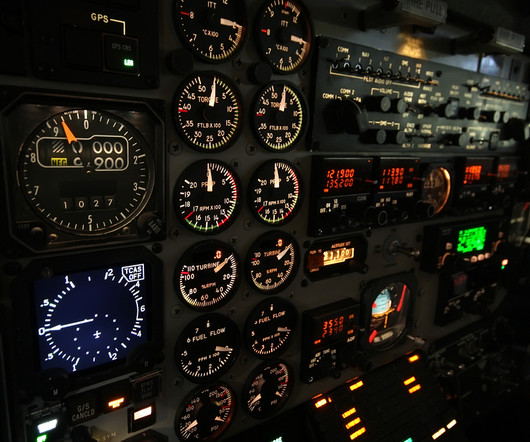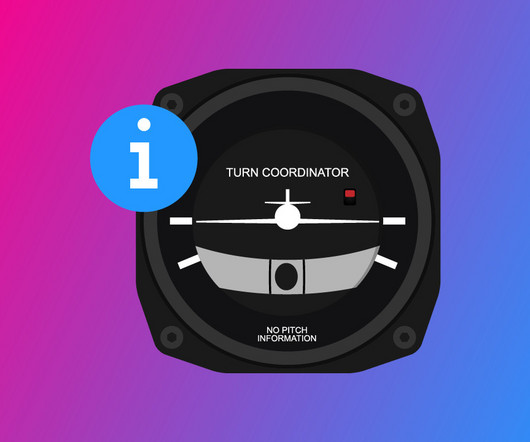Exploring the Intricacies of the Airspeed Indicator
Pilot's Life Blog
APRIL 9, 2024
Airspeed indicators work primarily by measuring air pressure differences around the aircraft. The speed indicator itself connects to a series of hollow pipes in the plane that connects to the various instruments on the flight deck, known as the pitot static system. The pitot system captures dynamic, moving air.












Let's personalize your content